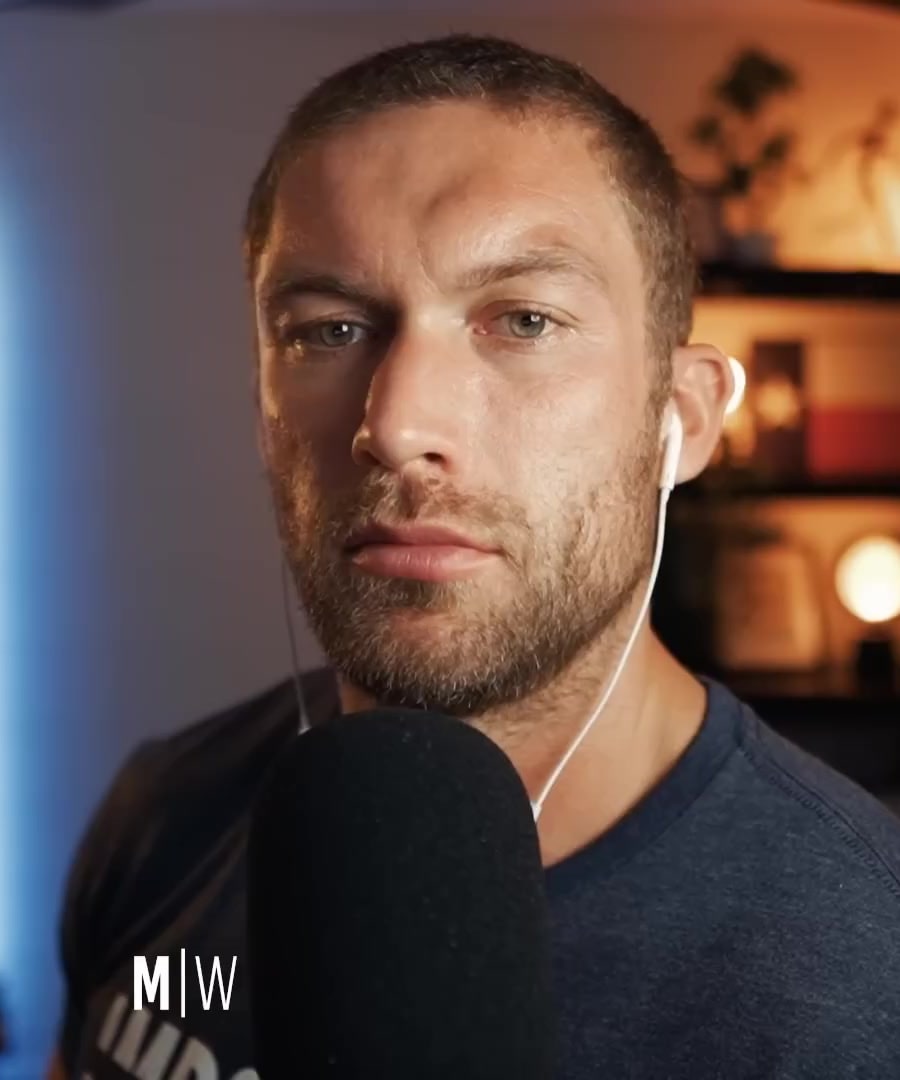How do cultural standards affect beauty?
Sources:
Cultural standards significantly impact perceptions of beauty, influencing what is considered attractive and desirable in different societies. Here's a detailed exploration based on expert discussions:
-
Cultural Standards as Social Constructions: Cultural standards of beauty are not fixed; they evolve and respond to societal changes. Dr. Shefali discusses how cultural ideals of beauty, like body shapes and facial features, change over time and vary across cultures. Women, in particular, often find themselves chasing these ever-changing standards, which can lead to body modifications and conformity to trends that might not align with their natural physique 1.
-
Media and Industry Influence: According to Dr. Shefali, the beauty industry, including cosmetics and surgery, thrives by exploiting these standards. Media representations reinforce these ideals, making them appear more desirable or necessary. This contributes to a cycle where women feel pressured to achieve these potentially unattainable beauty standards 1.
-
Psychological and Social Impacts: The perpetuation of specific beauty standards can have profound psychological effects. Dr. Shefali notes that when women are praised for external attributes like beauty, it can create a dependency on appearance for self-esteem. This dependency is problematic because beauty standards are transient and not always achievable, leading to potential issues with body image and self-worth 2.
-
Historical and Socioeconomic Influences: The notion of what constitutes "ideal" beauty is also historically and economically influenced. Gurwinder Bhogal in the points out how beauty standards have often reflected socioeconomic statuses, such as being fuller in times of scarcity signifying wealth and being thin in times of abundance signifying affluence and self-control 3.
-
Resistance and Change: There is growing resistance against strict beauty standards. For instance, movements like body positivity challenge the narrow definitions of beauty and encourage acceptance of all body types. These movements are crucial in mitigating the harsh psychological impacts of unrealistic beauty ideals and promoting a healthier societal approach to human aesthetics 4.
In conclusion, cultural standards of beauty are deeply embedded in societal structures, media portrayals, and historical contexts, significantly affecting individual self-perceptions and behaviors toward beauty. These standards are not just passively absorbed; they are actively taught, imposed, and perpetuated through various societal channels.
RELATED QUESTIONS-



